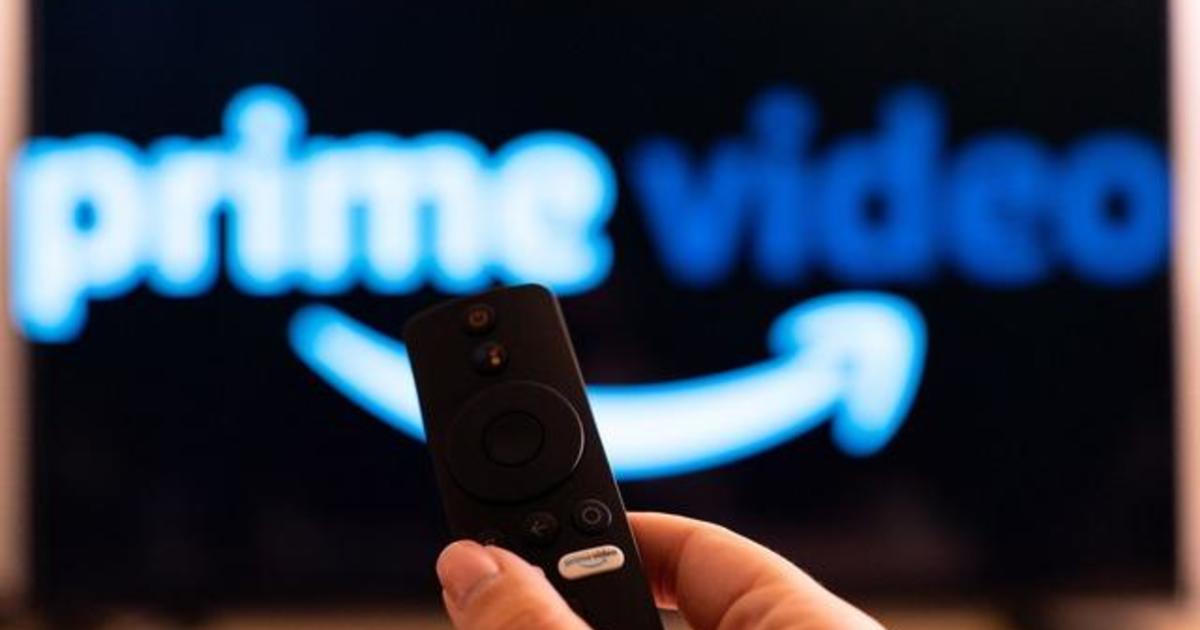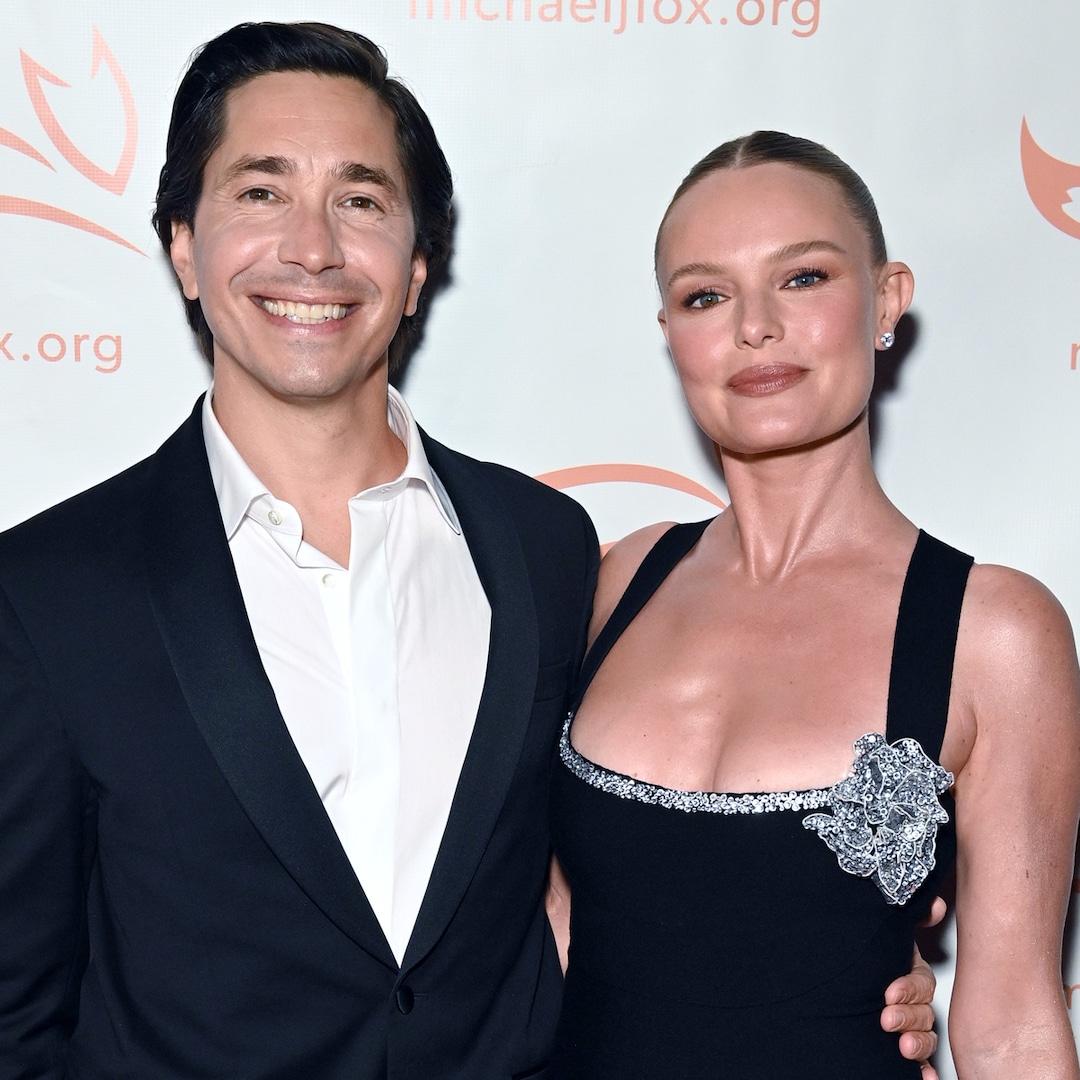Prime Video
Bad news, Amazon Prime Video members.
If you haven’t noticed, all Prime Video content now includes ads. If you’re a Prime member and you’d like to opt out of viewing the ads, it’ll cost you an extra $2.99 per month. The retail giant says the price increase will let the mega-retailer “continue investing in compelling content.”
Access to Prime Video only is currently $8.99 per month, while Prime membership, which includes access to its streaming service, is $14.99 per month. Adding an additional $2.99 to Prime Video will take the cost up to close to $12 per month, and for Prime members, nearly $18 per month. With all of that said, some consumers might be asking themselves if continuing to pay for Prime is truly worth the cost.
The answer is clear, and we have it.
Is Amazon Prime still worth paying for?
Yes — in most cases, the net benefits outweigh the cost. If you’re still not sure, we’ve broken down the biggest benefits below, and how often you’ll need to use them to make the monthly cost worth your while.
Free shipping and fast delivery
Amazon
If you order products from Amazon multiple times per month, that alone is worth keeping your Prime membership. The only other way you can get free shipping on Amazon is if your orders total more than $35. Otherwise, you have to pay $6.99 for standard shipping (prices by zip code may vary).
Conversely, if you place three orders per month at less than $35 per order, the cost of shipping without Prime ($6.99 base) amounts to more than the monthly cost of Prime with ad-free Prime Video ($17.98).
Even if your monthly orders equate to more than $35 (qualifying for free shipping without Prime), the one-, two-, and even same-day delivery you get with Prime is worth it. You won’t find faster shipping times with most other retailers.
The upshot: If you rely on Amazon often for everyday buys or bargains, such as discounted household essentials, or if you just love the convenience of getting your orders fast, keep Prime.
Grocery delivery with Whole Foods
Amazon owns Whole Foods, so your Prime membership includes perks that can be used at the grocery chain. Prime offers you some discounts at the store, but the main draw is grocery delivery. You can only do Whole Foods grocery delivery if you have a Prime account. If Whole Foods is your go-to grocery store, and you do grocery delivery often, especially weekly, your Amazon Prime account is worth it.
Prescription benefits
Amazon’s Rx Pass allows you to get select medications for flat fee of $5 per month. With Prime, you also can get two-day free shipping for prescriptions bought through Amazon Pharmacy, which beats having to wait in the line at the IRL pharmacy for 20 minutes. Plus, with Prime, you can compare prescription prices between more than 60,000 pharmacies, which may save you up to 80% off on your medication. If you rely on these kind of discounts to save on pricier prescriptions, it is worth it to keep Amazon Prime.
Prime Day deals
If you shop Amazon’s Prime Days every year, keep your membership. Prime Day’s discounts are exclusive to Prime members. This is Amazon’s biggest sales event, ensuring some of the best discounts the site advertises all year. Not only that, but Prime members get exclusive discounts daily on the site, as well as 30-minute early access to Lightening Deals (these deals can last between 30 minutes to an entire day). The amount of money you save on these deals could easily equal to (or exceed) the cost of your monthly Amazon Prime membership.
Is Prime Video still worth it?
Prime Video
We think yes. Prime Video members get access to tens of thousands of movies and TV shows, including popular Amazon Originals TV shows, such as “The Summer I Turned Pretty” as well as the Emmy-winning “The Marvelous Mrs. Maisel” and “Fleabag”. You can also stream Oscar-nominated movies, including “Manchester By The Sea” and “Sound Of Metal”.
Plus, compared to other popular streaming services with ad-free options, including Netflix (from $15.49 to $22.99 per month) and Hulu ($17.99 per month), Prime Video without ads ($11.98) is still the cheapest.
If you want to go ad-free, you can make that change within the account settings your Prime Account or the Prime Video app found on Fire TVs, smart TVs, game consoles and set top boxes. Ad-free, however, doesn’t include trailers that run before a movie or TV show (you can skip them), nor does it exclude ads from live events, including sports, whatever you’re watching on Amazon Freevee, or a third-party streaming service that you add to your Amazon account (that isn’t an ad-free subscription).
Amazon hasn’t outlined on their site exactly how many ads you can expect if you opt out of ad-free, but they said you can expect them before and during playback. The Wall Street Journal reports the average ad load per hour is expected to be between two and three-and-half minutes.
If you’re vehemently against ads and someone who uses their Prime Video weekly to find movies and TV shows to watch, it’s worth it to keep the streaming service and upgrading to ad-free. But if the extra $2.99 for Prime Video Ad Free will set you back — which is understandable if you subscribe to multiple streaming services that can cost upwards of $45 or more monthly — consider keeping the streaming services with ads and see how you adjust.
People who only access Prime Video one or two times per month may find that they can live without it.
If there’s a specific series or some movies you want to watch on Prime, you can always get the streaming service for that specific period of time and cancel afterward.







